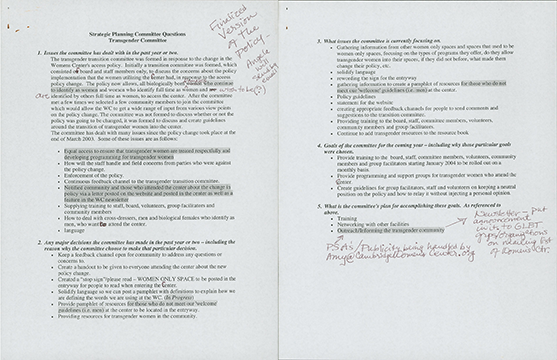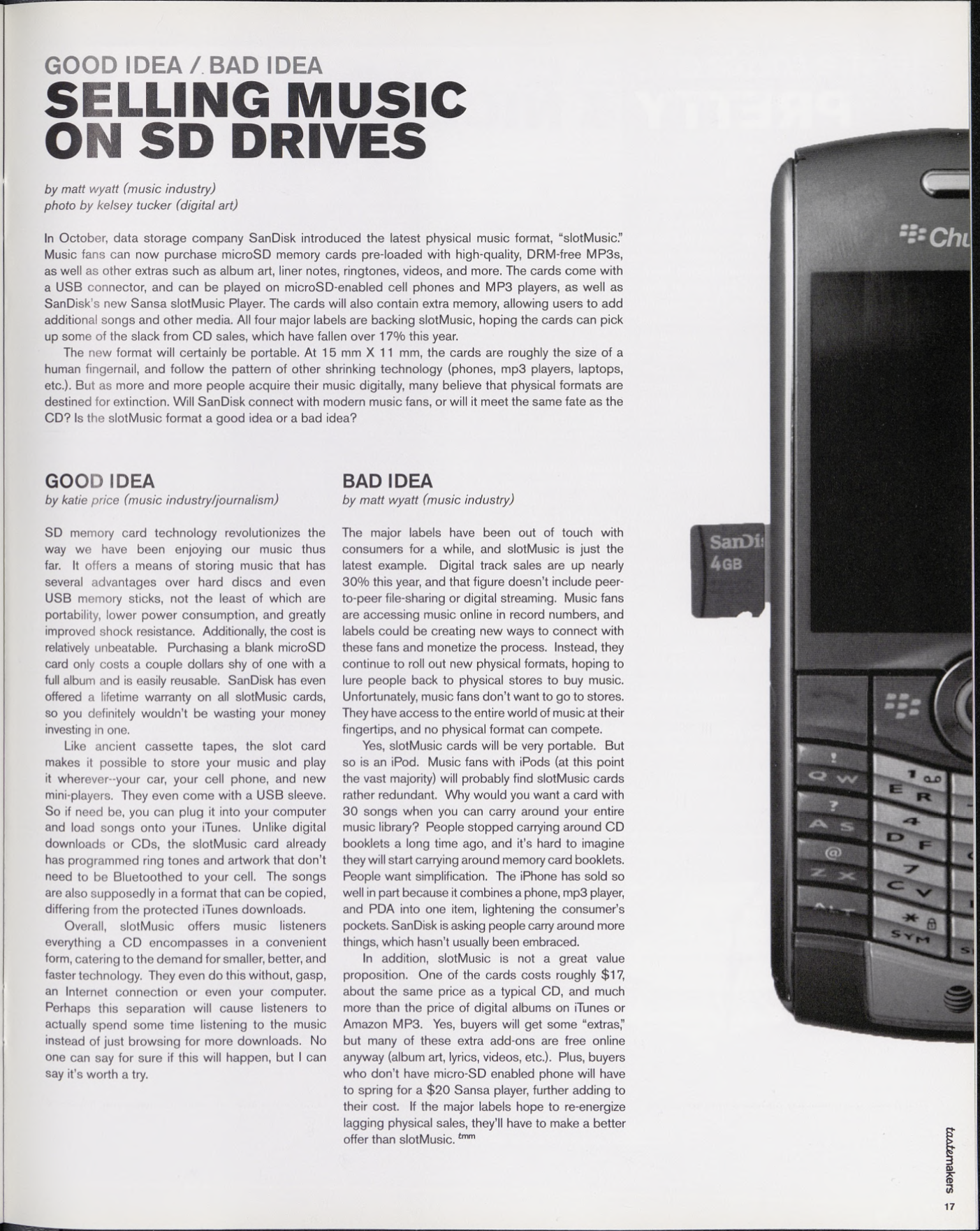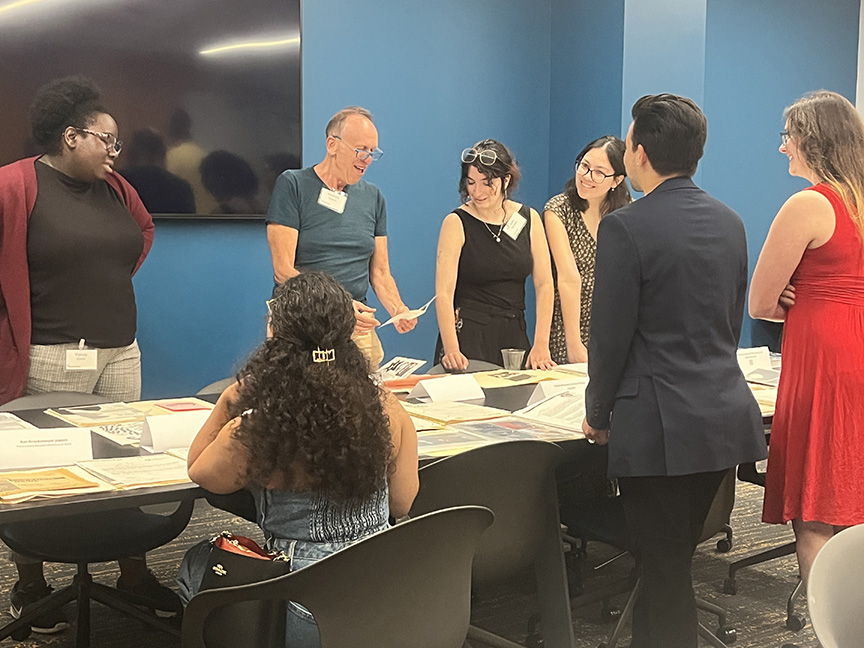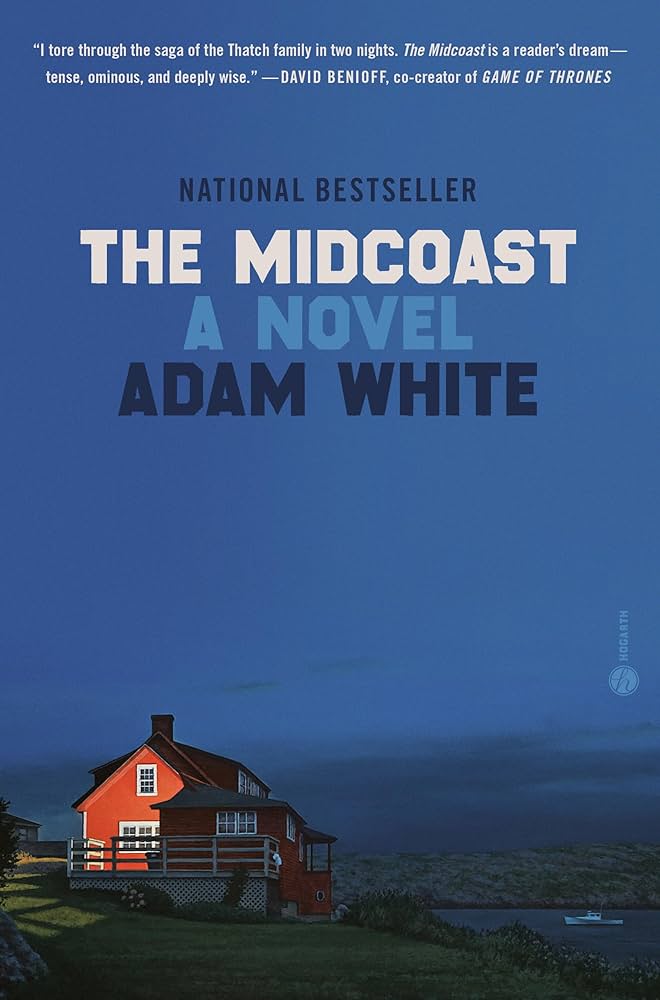Box by Box: Inventorying the Cambridge Women’s Center Records
Since last fall, the processing team has been focused on inventorying unprocessed collections. Inventories allow staff and researchers to learn more about what’s in a collection, help locate materials of interest, and help staff strategize further processing or digitization work, as resources allow. A previous blog post described inventorying the Stull & Lee records. Currently, processing assistants are inventorying more recent donations to the archives. Over the next few months, we will be featuring collections our staff has found particularly interesting to inventory in their own words.
Cambridge Women’s Center Records
By Aleks Renerts, Processing Assistant
I recently worked on the creation of an inventory for the Cambridge Women’s Center records. The Center was founded after a group of female protestors occupied an underutilized Harvard-owned building on International Women’s Day on March 8, 1971. They demanded affordable housing, child care, and equal access to education. The movement gained local publicity and heightened awareness, and donations in support of the sit-in allowed the group to purchase a property at 46 Pleasant Street in Cambridge, from which the Center still operates.
The Cambridge Women’s Center records offer a picture of how the policies, goals, and actions of the Center have changed over time. Volunteers at the Center established programs to address domestic violence, racism, access to healthcare, housing and job opportunities, sexual abuse, and other issues affecting women. The records include newsletters, flyers, calendars, meeting notes and memos, and planning documents for activities that demonstrate the impact the Center has had on the community, and offer valuable perspective on feminist thought and activism from the 1970s to the present.
An example I found particularly interesting were the documents pertaining to the inclusion of transgender women at the Center. A changing perspective on trans individuals can be read through meeting minutes and updated policies. At its inception, the Center was not open to transgender women who had not “completed” medical transition, fearing that the presence of non-passing trans women might negatively impact other women at the Center. As these beliefs were challenged and discussed over time, the Center adopted a trans-inclusive policy as early as the 2000s, realigning the mission of the Center to be supportive and welcoming to all women regardless of personal histories.
Below is a glimpse at some of the records.



To find out more about accessing the Cambridge Women’s Center records, email the Northeastern University Archives and Special Collections at archives@northeastern.edu.
Aleks Renert (he/him) is a graduate student at Simmons University in the dual MA degree program in History and Library and Information Science, with a concentration in Archives Management. His academic background is history, with a focus on the Hispanic world and histories of class, gender, and colonialism. He received his BA in History from McGill University.





















